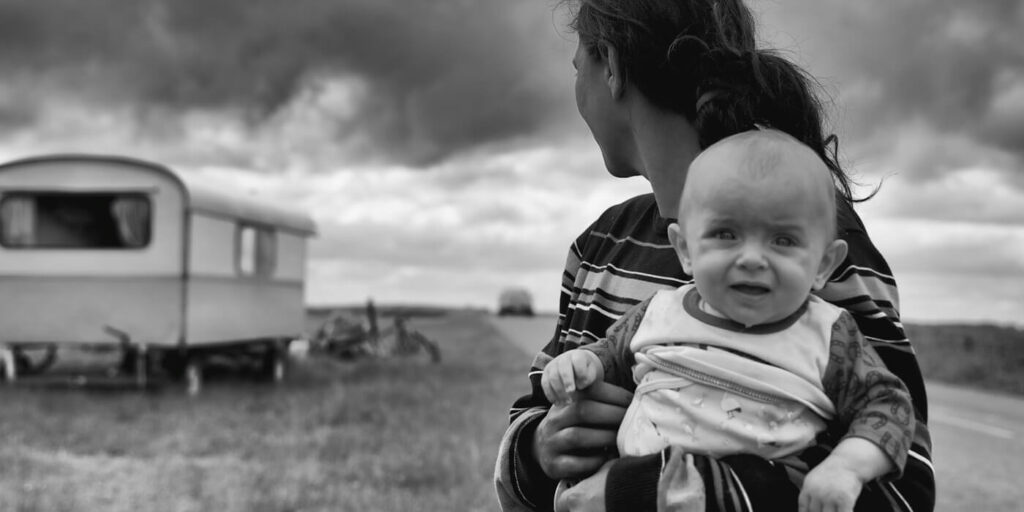Family Homelessness is A Crisis
Family homelessness is an often-overlooked crisis that silently affects millions across the United States. While the image of homelessness typically evokes solitary individuals on the streets, a significant portion of the homeless population consists of families struggling to find stable shelter. Here are 3 critical facts about family homelessness in America that reveal the urgency and complexity of this issue.
1. A Rising Crisis: Homelessness Has Increased Nationwide
According to a recent report by the U.S. Department of Housing and Urban Development, homelessness has increased over the past 2 years across the country, regardless of household type. Between 2022 and 2023, the number of homeless individuals across the country increased by a staggering 12%.
This number is actually higher than it seems if we account for “hidden homelessness.” This includes families living in motels, doubled-up with other families, or staying in cars. Because they are not always on the streets or in shelters, these families are often overlooked in official homelessness counts. Hidden homelessness makes it challenging to gauge the true scale of the crisis and to provide adequate support and resources.
2. Children Are The Most Vulnerable
One of the most staggering facts about family homelessness in America is the sheer number of children affected. According to the same study, 3 out of 10 of the people experiencing homelessness were part of a family with children. This reflects an overall 17% increase in families with children who experienced sheltered homelessness between 2022 and 2023.
According to another report by the National Center for Homeless Education, over 1.5 million children and youth in the United States experienced homelessness during the 2017-2018 school year. This is an 11% increase that reflects a growing crisis. Homeless children also face unique challenges, including disruptions in their education, emotional and psychological trauma, and an increased risk of both physical and mental health problems.
3. The Majority of Homeless Families are Single Mothers
A striking characteristic of family homelessness is its demographic makeup. Between 84-90% of homeless families are headed by single mothers. These women often face multiple barriers, including lack of affordable childcare, low-wage jobs, and a shortage of affordable housing. The intersection of gender, economic hardship, and caregiving responsibilities places single mothers in a particularly vulnerable position, perpetuating the cycle of poverty and homelessness.

Addressing the Crisis: What Can Be Done?
One of the key drivers of family homelessness is a systemic failure to provide affordable housing. The United States faces a severe shortage of affordable rental homes. Additionally, wage stagnation and rising living costs mean that many families are just one financial setback away from homelessness. The lack of a comprehensive social safety net exacerbates these issues, making it difficult for families to secure and maintain stable housing.
In conclusion, family homelessness in America is a pervasive and complex issue that affects millions of children and parents. Addressing family homelessness requires a multifaceted approach. Increasing the availability of affordable housing, providing support services for single mothers, and ensuring that homeless children receive the educational and psychological support they need are critical steps. Policymakers must prioritize funding for housing assistance programs. Community-based organizations also play a crucial role in offering relief and long-term solutions for homeless families. By addressing the root causes and supporting the most vulnerable, we can make significant strides towards tackling family homelessness, one region at a time.
At the Educare Resource Center, our focus is on supporting veterans, seniors, and families in Prince George’s County, MD and surrounding areas with affordable housing and skills training so that we can alleviate these issues. We hope you found this article informative. Please don’t forget to share.
SOURCES

